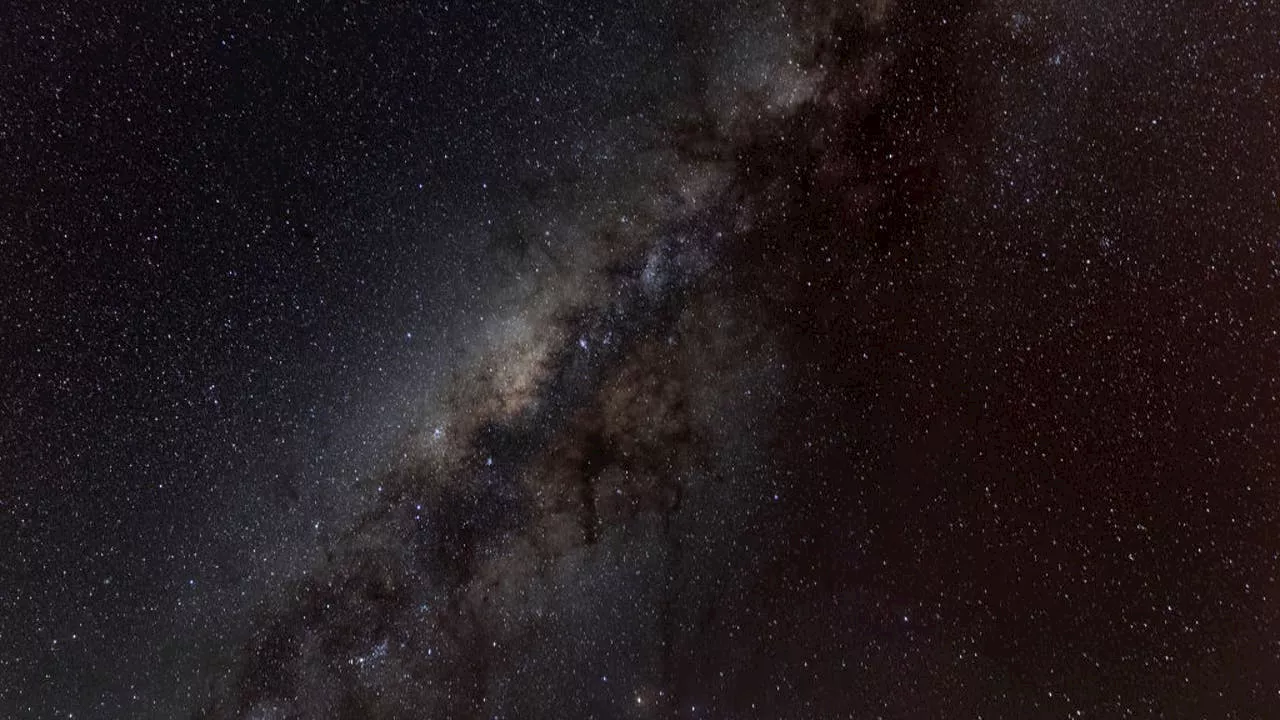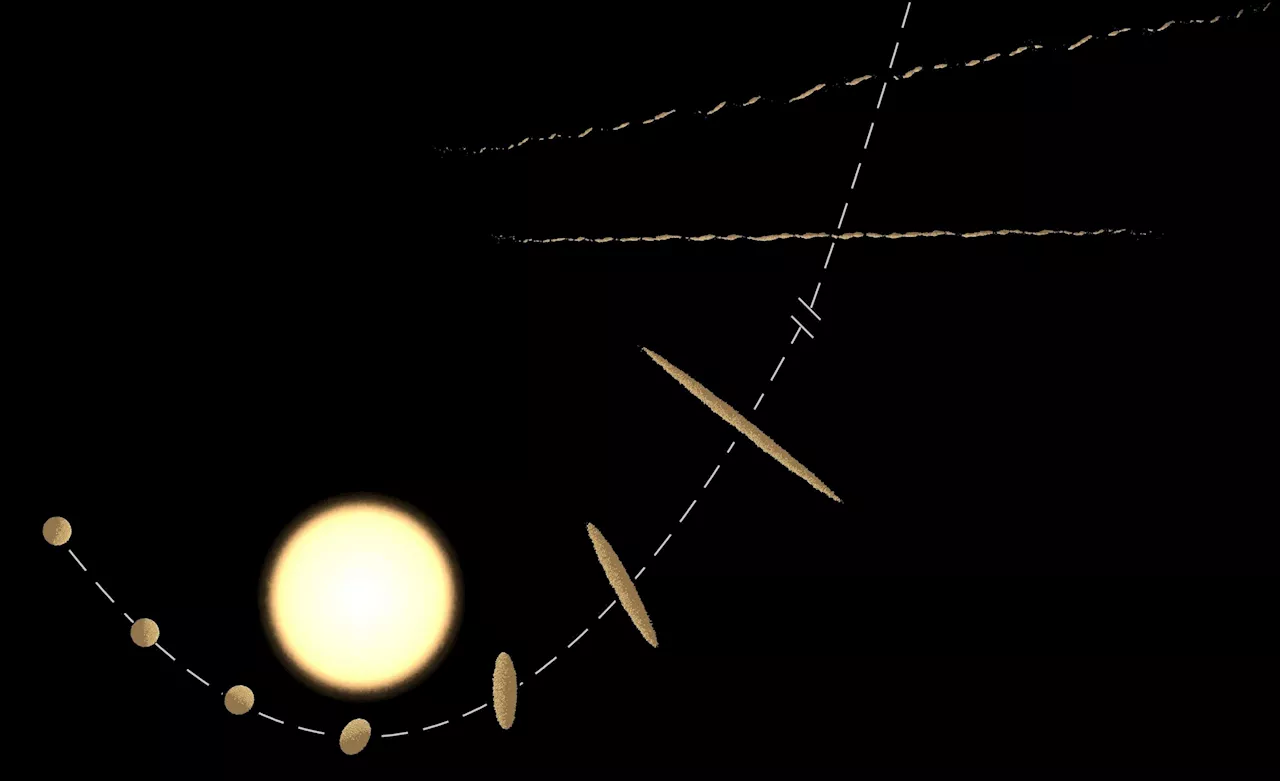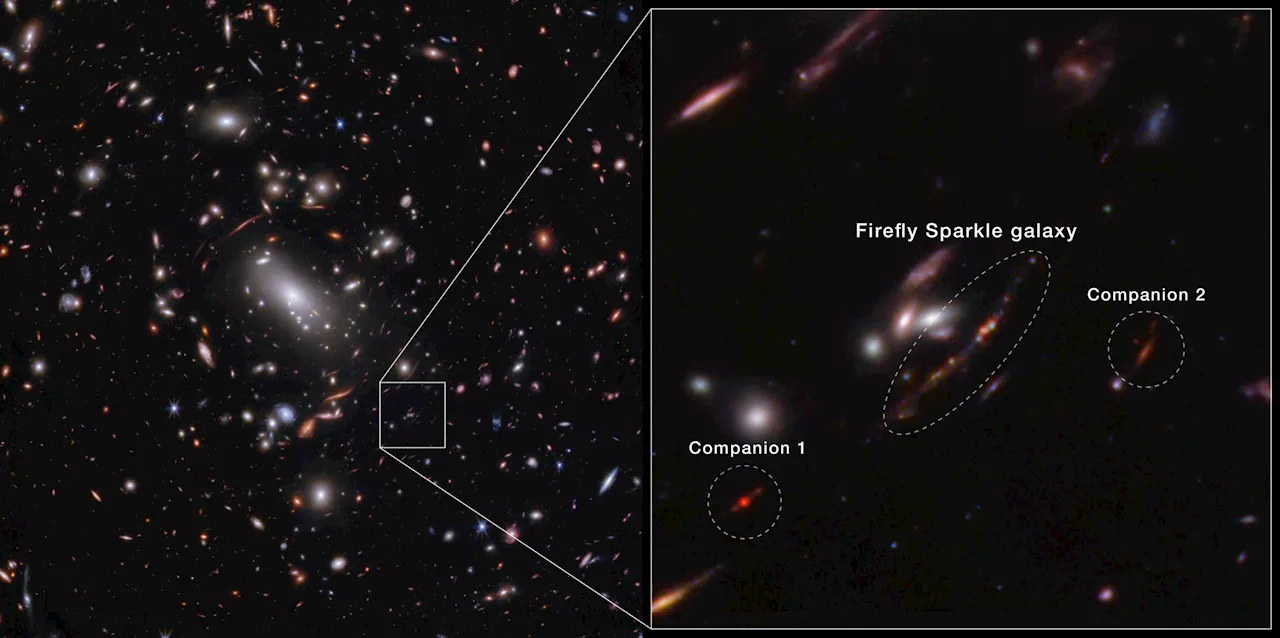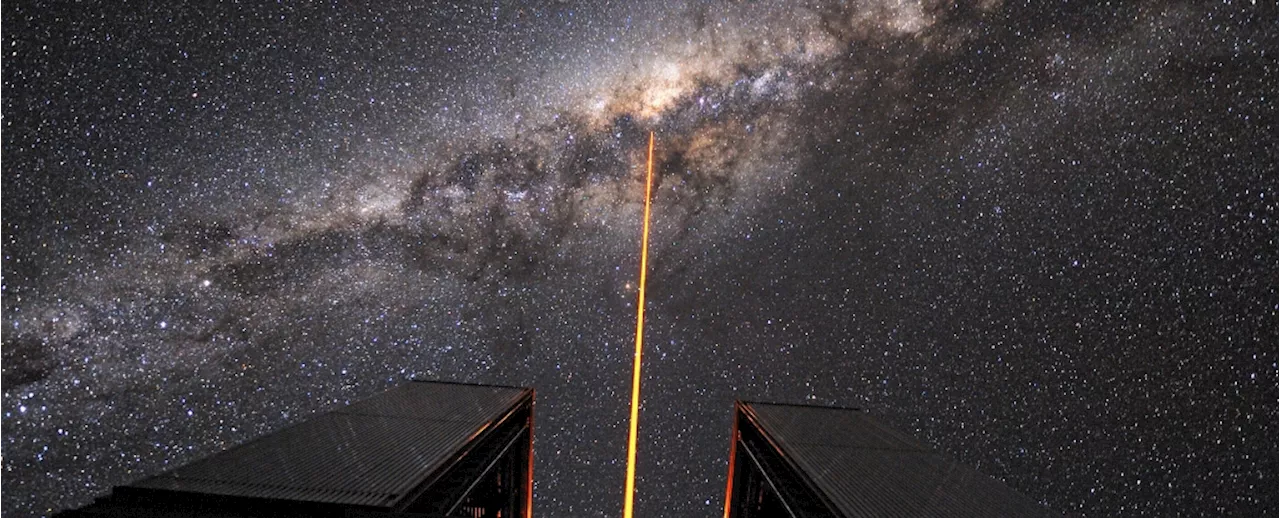A team of astronomers has made a groundbreaking discovery, finding a binary star system orbiting Sagittarius A*, the supermassive black hole at the center of our Milky Way galaxy. This finding sheds light on the extreme environment at the galaxy's core and helps explain why some stars move at exceptionally high speeds.
The Laser Guide Star is launched from the VLT's 8.2-metre Yepun Telescope and aims at the centre of our galaxy, in the heart of the brightest part of the Milky Way. In a world first, a team of astronomers led by Florian Peißker from the University of Cologne, Germany, have discovered a binary star system orbiting this black hole . This discovery sheds light on the extreme environment at the centre of our Milky Way galaxy.
It also helps explain a long-running cosmic mystery about why some stars hurtle through space much faster than others. A binary star system is simply two stars orbiting each other. Our Sun is not part of a binary, which is a good thing: we wouldn't want another star wandering through our Solar System. It would disrupt the orbit of the Earth; we'd fry or freeze. Most of the stars in the Milky Way are single stars, and the remainder are part of a binary or multiple star system. Larger stars are more likely to be paired. Binary star systems are useful to astronomers because their motion contains a wealth of information. For example, the speed and distance of the orbits tell us about the masses of the stars. This image indicates the location of the newly discovered binary star D9, which is orbiting Sagittarius A*, the supermassive black hole at the centre of our galaxy. ( This recent discovery was technically quite challenging. We can't simply look at the system and see two stars, because it's too far away. Rather, the astronomers used the European Southern Observatory's Very Large Telescope to measure the shifting of the starlight – known as the Doppler effect. This showed that the stellar system's light had a characteristic wobble, indicating an orbit. Because binary stars contain a wealth of information, the astronomers could calculate that this particular system is approximately 2.7 million years old. That is, 2.7 million years ago, these stars first ignited
BINARY STAR SYSTEM BLACK HOLE MILKY WAY ASTROPHYSICS COSMOLOGY
United States Latest News, United States Headlines
Similar News:You can also read news stories similar to this one that we have collected from other news sources.
 Astronomers take the first close-up picture of a dying star outside of Milky WayKnown as WOH G64, the star is 2,000 times larger than the Sun and classified as a red supergiant, scientists said.
Astronomers take the first close-up picture of a dying star outside of Milky WayKnown as WOH G64, the star is 2,000 times larger than the Sun and classified as a red supergiant, scientists said.
Read more »
 Astronomers discover 7 new 'dark comets,' but what exactly are they?Keith Cooper is a freelance science journalist and editor in the United Kingdom, and has a degree in physics and astrophysics from the University of Manchester.
Astronomers discover 7 new 'dark comets,' but what exactly are they?Keith Cooper is a freelance science journalist and editor in the United Kingdom, and has a degree in physics and astrophysics from the University of Manchester.
Read more »
 Tidal Steams of Interstellar Objects May Flow Through the Milky Way Like Braided RiversSpace and astronomy news
Tidal Steams of Interstellar Objects May Flow Through the Milky Way Like Braided RiversSpace and astronomy news
Read more »
 Hidden Black Holes Solve Milky Way Mystery'The hunt for elusive intermediate-mass black holes continues,' researcher Justin Read said.
Hidden Black Holes Solve Milky Way Mystery'The hunt for elusive intermediate-mass black holes continues,' researcher Justin Read said.
Read more »
 JWST Reveals Actively Forming Early Galaxy, Lightweight as a Baby Milky WayThe Best in Science News and Amazing Breakthroughs
JWST Reveals Actively Forming Early Galaxy, Lightweight as a Baby Milky WayThe Best in Science News and Amazing Breakthroughs
Read more »
 Webb Weighs an Early Twin of the Milky WaySpace and astronomy news
Webb Weighs an Early Twin of the Milky WaySpace and astronomy news
Read more »
